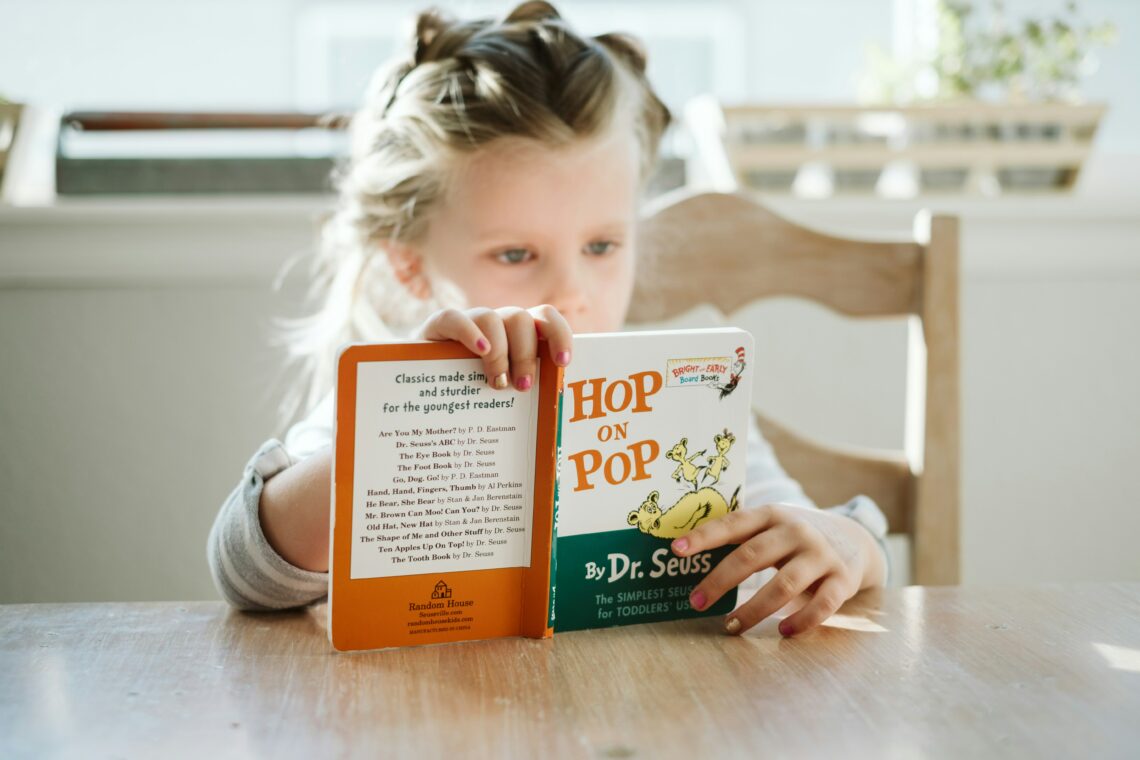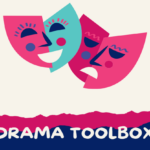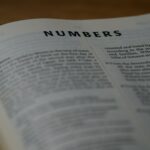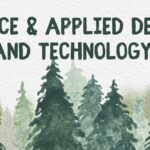For two weeks following my time in a Kindergarten class, I had the honour to spend time in the other Kindergarten class. This class was a little smaller than the first class I was in and things were run a little differently with many of the same components to make our morning in the class.
Soft Start – Free Play Centre
Just as the other Kindergarten class started with a soft start, students in this class would gradually enter this class and find a quiet activity to take part in. As mentioned in my previous blog post, a major goal for Kindergarten is focused on social and interactive curiosity of play. Unlike the first Kindergarten class, this class offered a variety of soft start activities, from building blocks, magnetic games, puzzles or reading books. When we look at BC Curriculum we can see that during this time students were focused on the big idea of ‘ Through listening and speaking, we connect with others and share our world ‘ by listening and working collaboratively with their peers. During the first few moments of class, I spent time connecting with students. Often, I would sit with a group of students and begin to participate in the activity of their choice before moving to a new group of students exploring another option. This portion of the morning, did not only allow me to focus on building relationships with the students, but also, learn more about their curiosity and wonders of the world around them.
Calendar
Once the bell rang, students would clean up their centre or what they were working on before heading to the carpet. Although students had designated squares to sit on, many chose to sit where they wanted which did create some hostility amongst the students! For the most part, calendar was run pretty much the same, although the students didn’t tend to sing as many songs as they did in the previous class. Just as in the other class, this portion of the morning was more of an observation for myself and the other teacher candidates as this portion was teacher directed and student lead. One student, is the special helper, and this student would go through the motions of morning calendar with the help of their peers. As student candidates, we observed the student’s knowledge and joined in any songs or short poems that were sang to help students remember the days of the week, months of the year, and the weather. It was fun to see how engaged all students were with the process of calendar.
The calendar is where many important skills start for students. During this time, students learn to ‘connect with others’ through listening and speaking, and their ‘curiosity helps them discover new things about themselves and the world‘. In kindergarten, students are just beginning to learn how to use spoken language and combine it with writing and early reading skills. While doing the calendar routine, students build on what they already know to make their learning meaningful. They use speaking, reading, and thinking strategies, and the special helper practices writing as they help set up the day. Although it may seem like just a simple way to learn about time, the calendar helps students improve their English Language Arts skills (like letter sounds and communication), as well as science (weather) and math (like counting, days in school, and patterns).
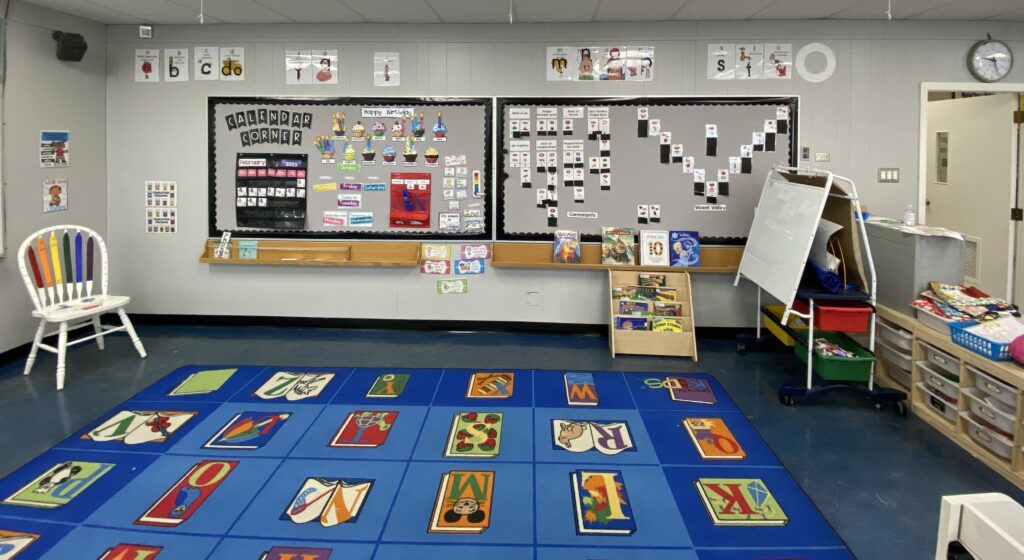
UFLI
In this class, students use a mix between Sound Connections, an older program that is still occasionally used in School District 5, and UFLI a newer language and literacy program. While we were visiting the class students worked through the beginning of a UFLI lesson. UFLI allows to students to follow the English Language Arts curriculum Big Idea ‘Playing with language helps us discover how language works’ as students are stretched to use knowledge they already know combined with discovery of new letters and sounds. This was a teacher lead activity where students were seated at tables with white boards. The teacher would give a sound and put a word up on the board before students were then ask to change letters or sounds to create new words. During this period I walked around from table to table helping students who were struggling to hear the sounds the teacher was saying and encouraging them to write the letters on their white boards. As the teacher uses a mix of two different program, students only had a portion of a UFLI lesson.
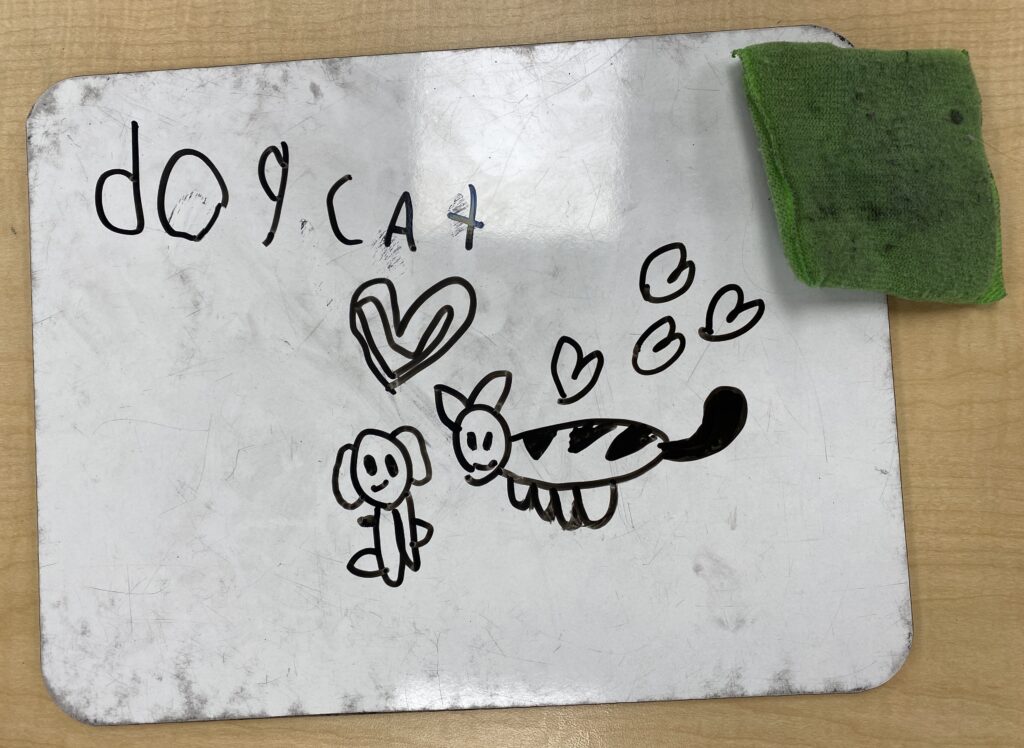
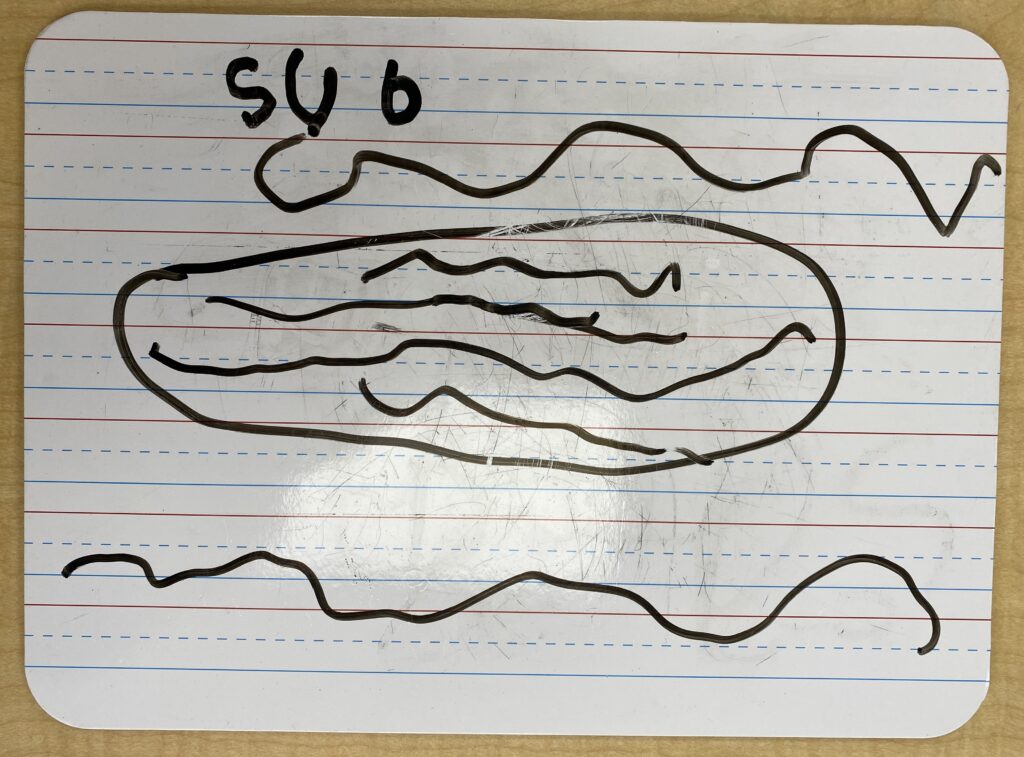
Literacy Activities
For the remainder of the class, students participated in literacy stations where they would play games for 5-10 minutes before rotating to another station. As students teachers we also rotated to ensure we were given opportunity to participate in the 5 stations as well as work with all students. Here are a few English Language Art Big Idea’s that I have taken from the BC Curriculum:
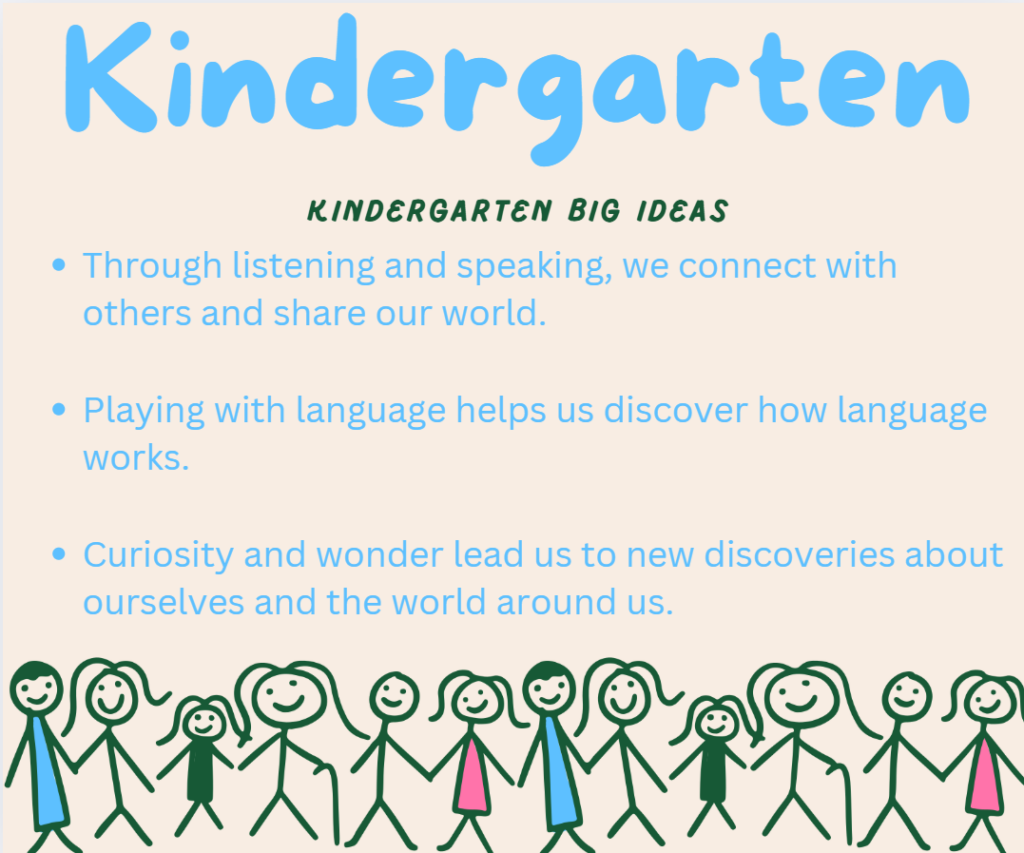
Many students were away on the first day that we visited, so our groups of students were small, only 2-3 students in each group. As students worked their way through the stations, focus was on the students phonemic awareness. Many of the games and activities involved the students sounding our and saying the letters which they visually could find. Students were encouraged to work together but were given the option to work independently according to their preference. As a student teacher I joined in with the students and participated with them alternating taking turns as we tried to cover the game board with coloured chips.
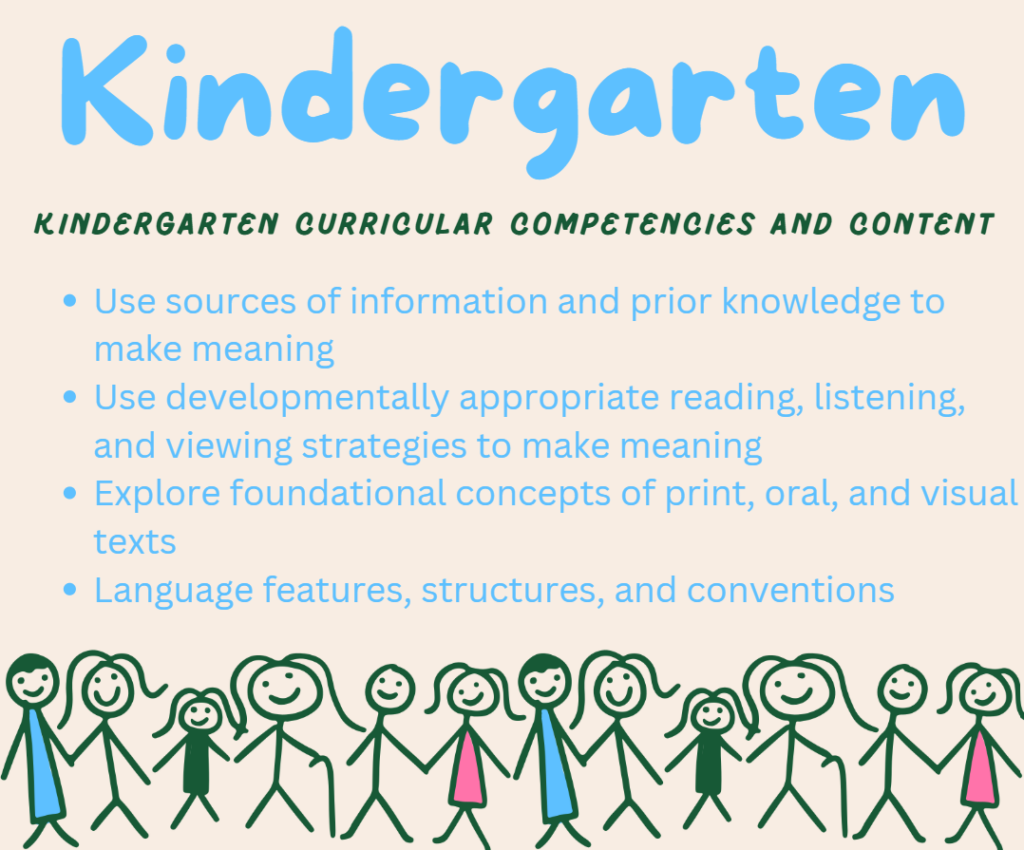
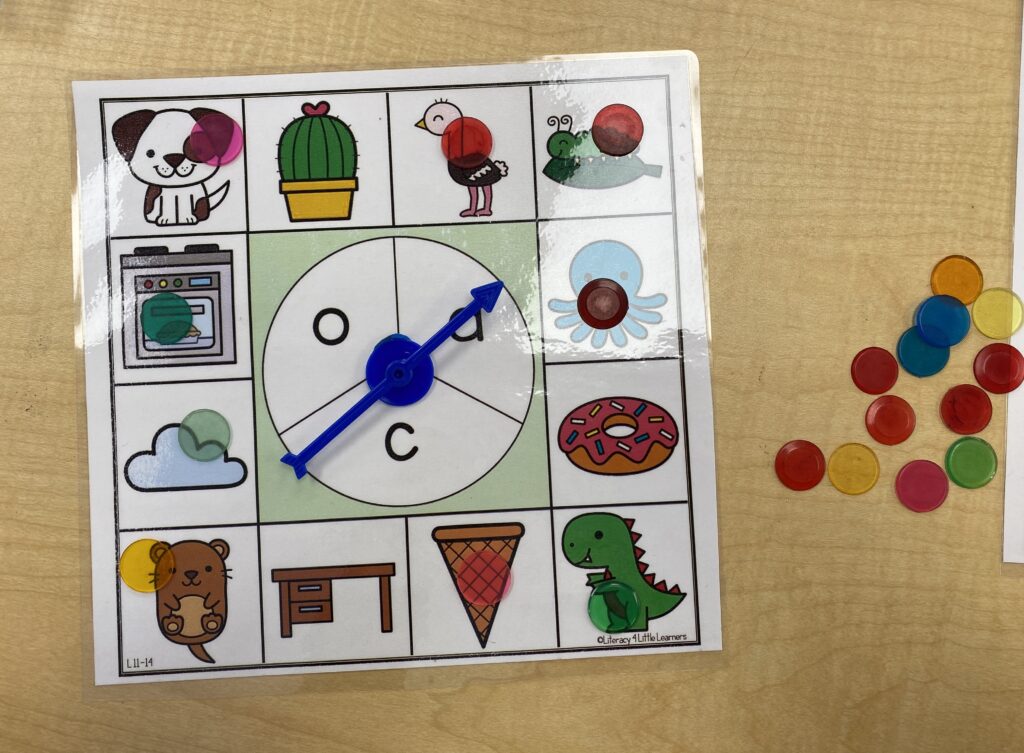
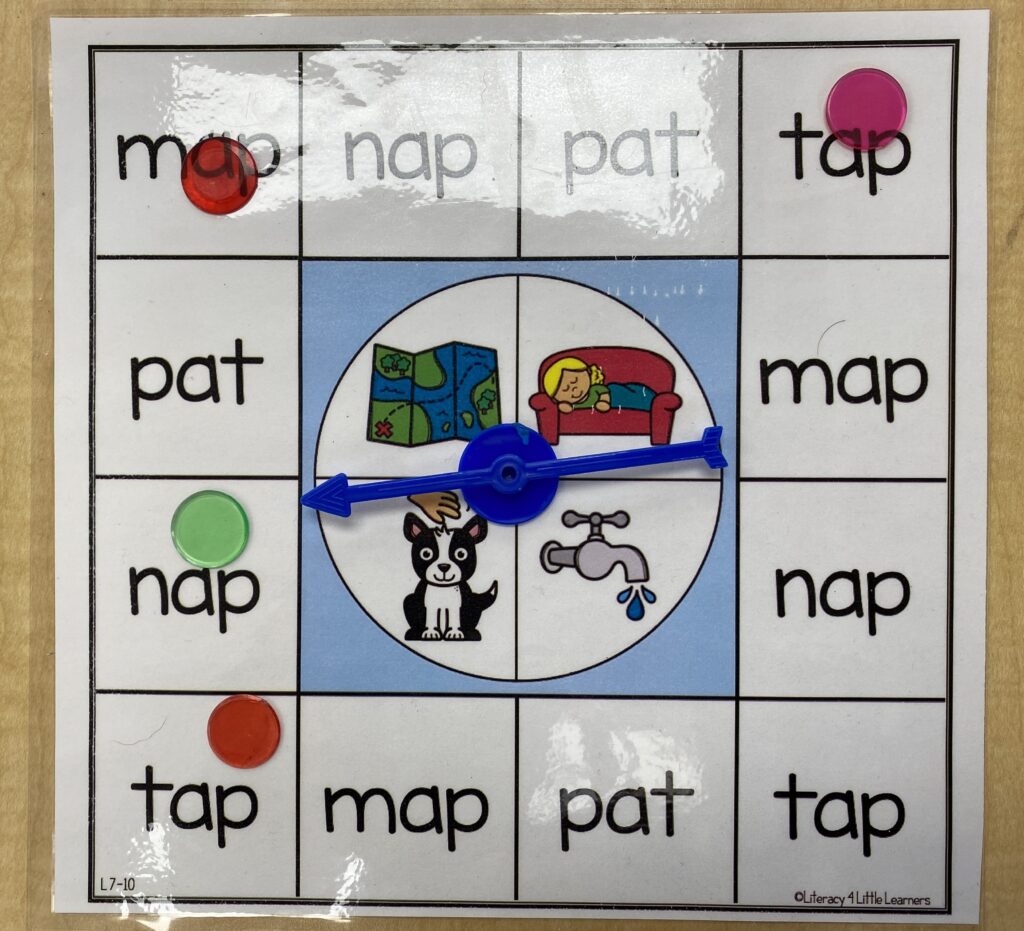
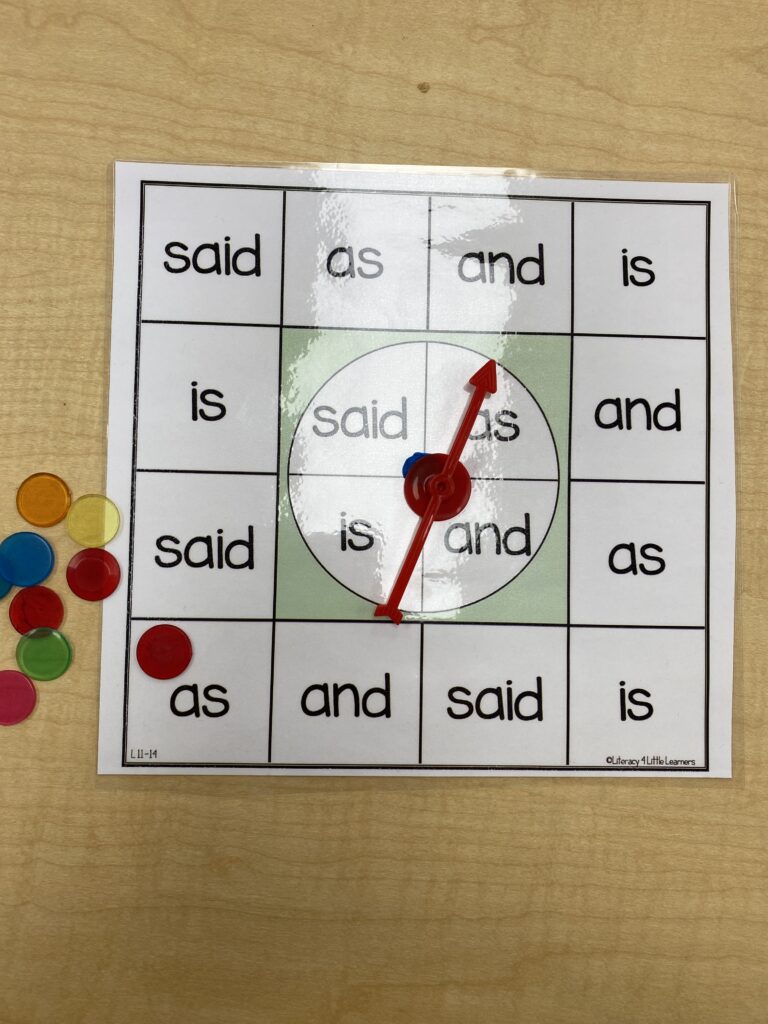
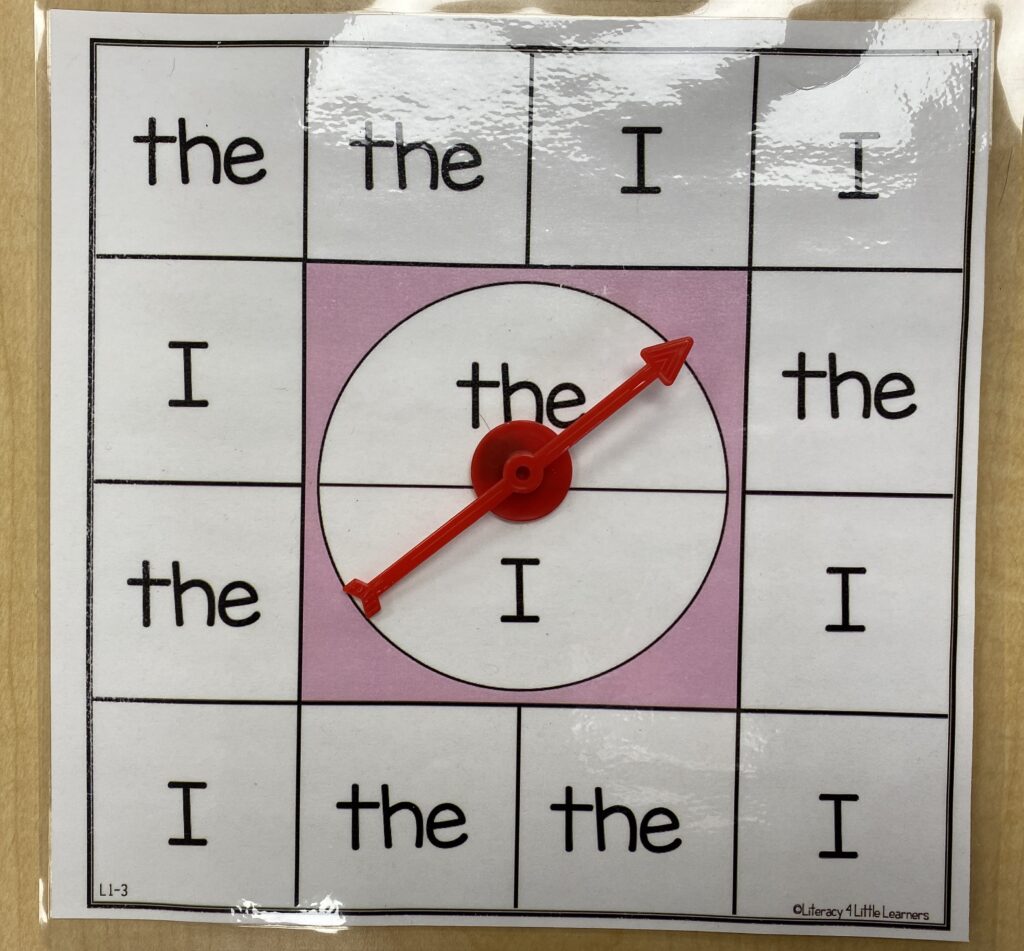
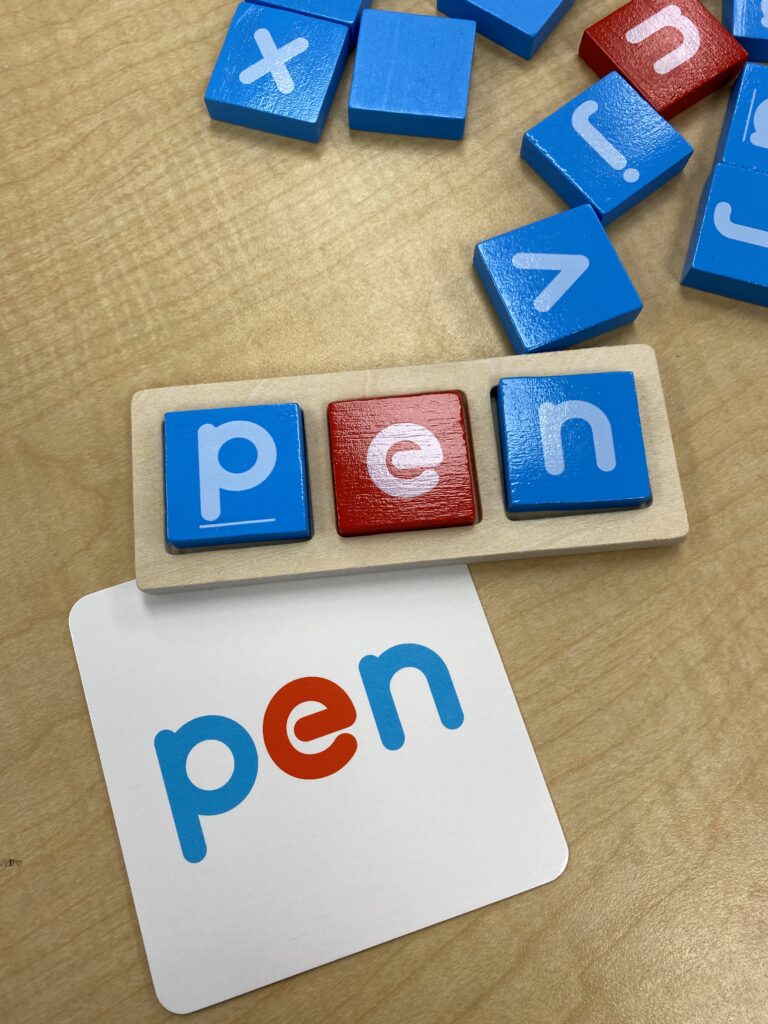
try to build the word with the wood tiles.
For the second day that we were in this class, the morning routine was very much the same, but we were given opportunities to create activities for the students based on we observed during our first visit. Prior to entering the class, I inquired letters that the students had learned as well as the letter of the week for the week that I would showing students by activity. I decided to create an activity for students based on UFLI activity roll and read . The activity I created was Roll. Say. Trace. Repeat. I created 3 worksheets on Canva, and then laminated so students could use dry erase pens to trace letters.
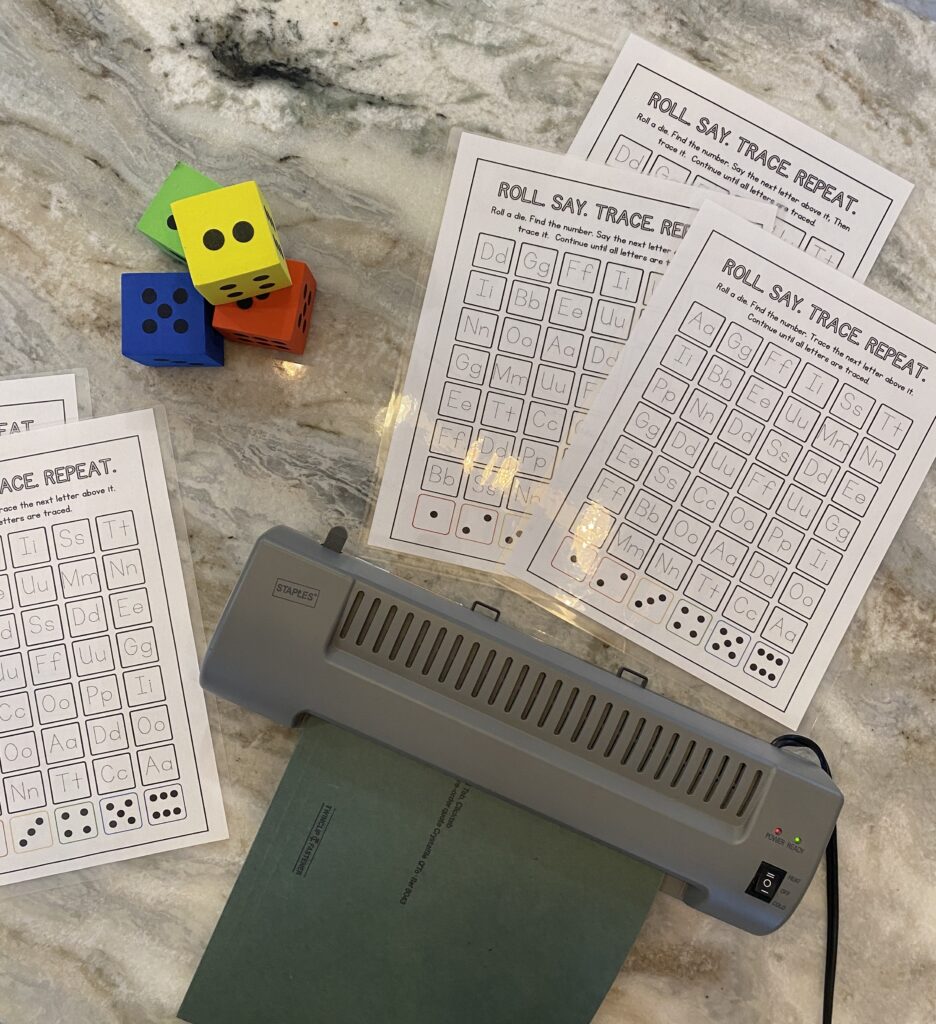
Students would roll the large dice, then say and trace the letter, before rolling the dice again to find the next letter. Our sessions were short, only 6 minutes each so students were competing amongst themselves to try and complete the boards as fast as they could and I had to keep reminding them to say the letter and sounds. I had the opportunity to work with 5 groups of students.
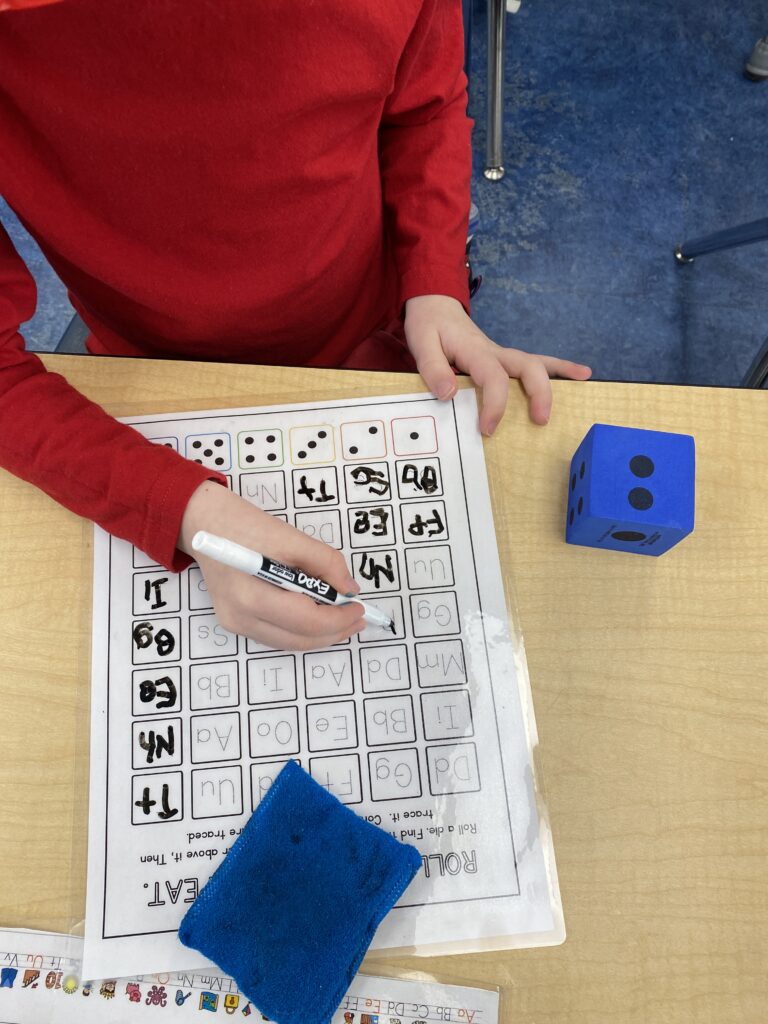
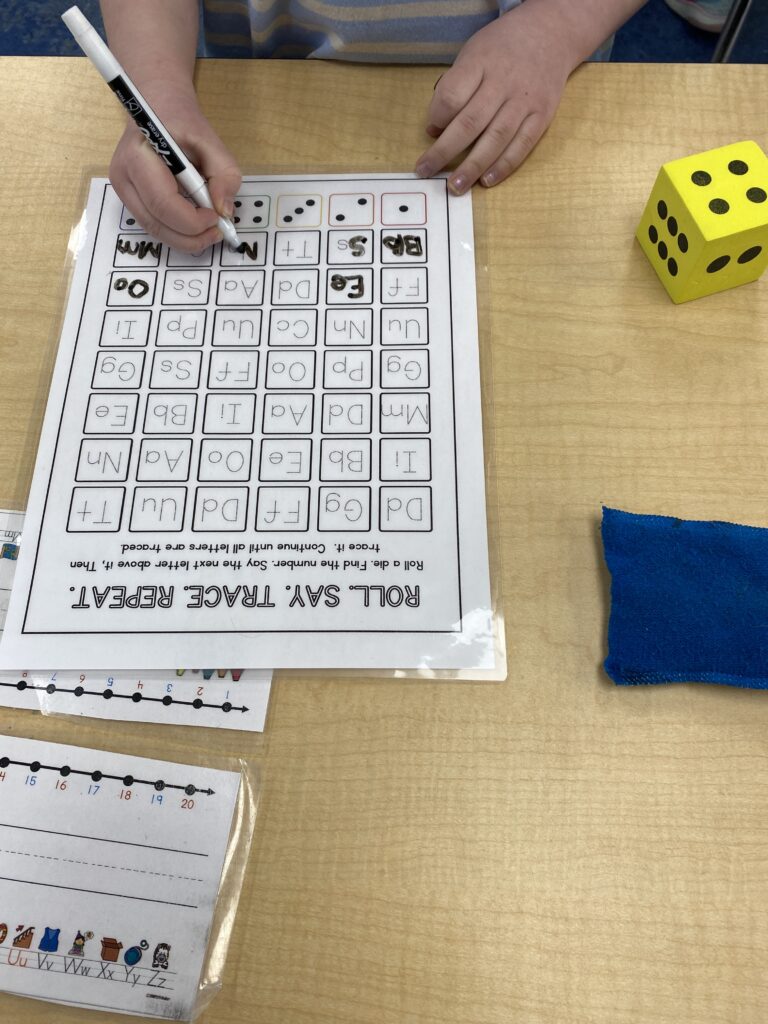
Key Takeaways
During my time in the Kindergarten class, I observed how routines and interactive activities support the development of early literacy, social skills, and curiosity. From the soft start and free play centres to structured lessons like calendar time and UFLI, each part of the morning was designed to engage students and foster both individual growth and collaboration. The hands-on activities in literacy stations and the “Roll. Say. Trace. Repeat.” game were especially effective in reinforcing language skills while keeping students engaged through playful competition.
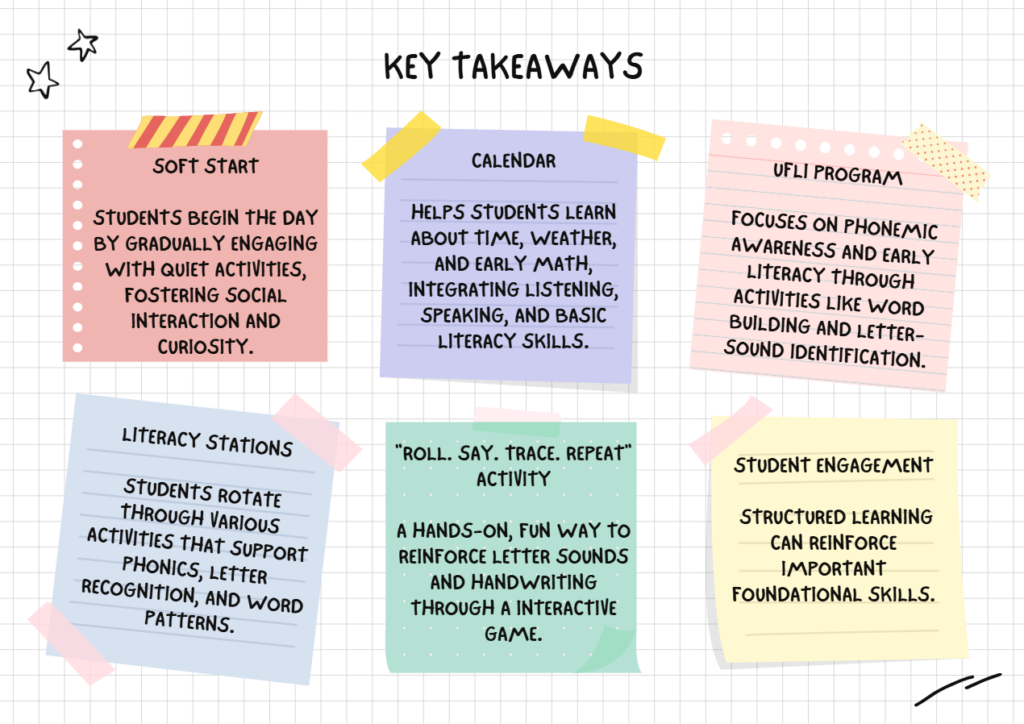
Resources
Government of British Columbia. (2019). Building Student Success – BC’s New Curriculum. Gov.bc.ca. https://curriculum.gov.bc.ca/
University of Florida Literacy Institute. (2022). UFLI Foundations | UF Literacy Institute. University of Florida Literacy Institute. https://ufli.education.ufl.edu/foundations/
